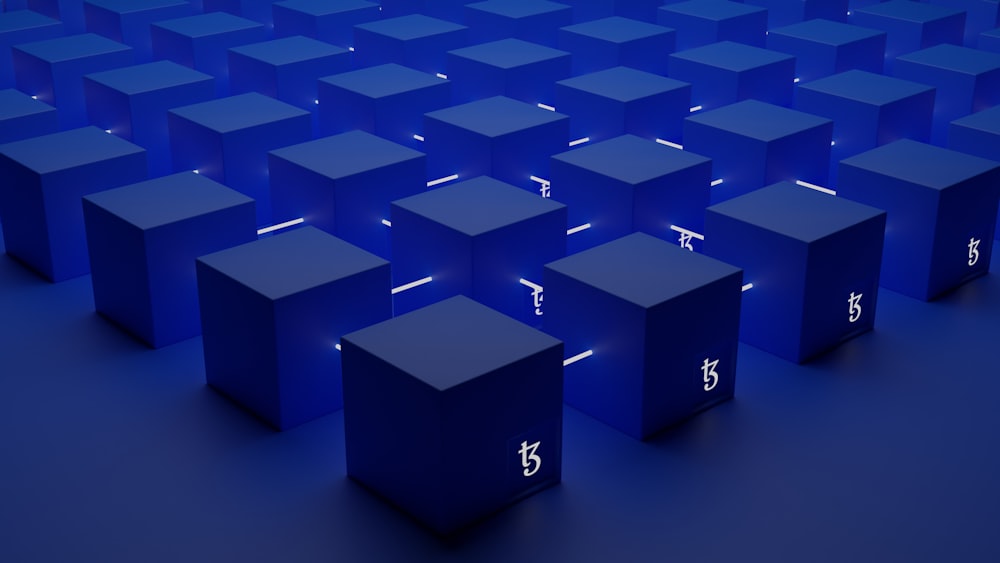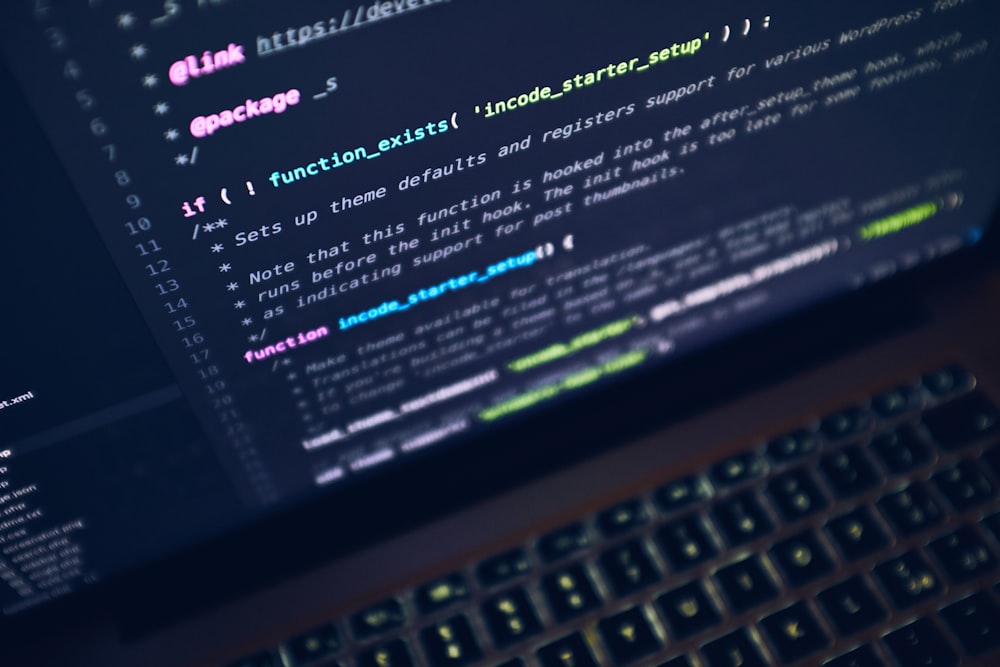Detailed Explanation of Blockchain
 What is Blockchain?
What is Blockchain?
Blockchain is a distributed site that is shared between computer network nodes. As a database, blockchain stores information electronically in a digital format. Blockchains are best known for their important role in cryptocurrency systems, such as Bitcoin, by keeping a secure and separate record of transactions. The innovation of blockchain is that it ensures the integrity and security of the data record and creates trust without the need for a trusted third party.
One important difference between a standard website and a blockchain is the way data is structured. Blockchain collects information together in groups, known as blocks, that capture information sets. Blocks have some storage capacity and, when completed, are closed and connected to a pre-filled block, forming a series of data known as the blockchain. All new information following that newly installed block is integrated into a newly constructed block which will be added to the series once completed.
A website usually organizes its data into tables, while a blockchain, as its name implies, organizes its data into fragments (blocks) grouped. This data structure naturally creates an irreversible timeline of data when used in a split case. When the block is filled, it is placed on a stone and becomes part of this timeline. Each block in the chain is given a specific timestamp when added to the chain.
How does Blockchain work?
The goal of the blockchain is to allow digital information to be recorded and distributed, but not edited. In this way, the blockchain is the basis of non-convertible or record records that can be changed, deleted, or destroyed. That is why blockchains are also known as ledger technology (DLT).
First proposed as a research project in 1991, the concept of the blockchain preceded its first widely used use: Bitcoin, in 2009. In the years since, the use of blockchains has exploded with the creation of various cryptocurrencies, financial applications (Defi), non-affiliate tokens (NFTs), and smart contracts.
Blockchain Decentralization
Suppose a company owns a server farm with 10,000 computers used to maintain a website that holds all of its client account details. The company owns a warehouse building that contains all of these computers under one roof and fully controls each of these computers and all the information contained in them. This, however, gives one point of failure. What happens when the electricity in that area goes out? What if its internet connection is disconnected? What if it burns down? What if a bad character wipes everything off with a single click? In any case, the data is lost or corrupted.
What the blockchain does is allow the data stored in that database to be distributed between several network nodes in different locations. This not only creates duplication but also maintains the integrity of the data stored there — if someone tries to change the record at the same time on the site, other nodes will not be changed and thus can prevent the bad character from doing so. If one user interrupts the Bitcoin transaction record, all other nodes may cross and point to the node with incorrect information. This program helps to establish a clear and transparent order of events. This way, no single node within the network can change the information stored on it.
As a result, information and history (such as cryptocurrency transactions) cannot be reversed. Such a record may be a list of transactions (such as cryptocurrency), but it is also possible for the blockchain to hold a variety of other information such as legal contracts, status identification, or a company product list.
Openness
Due to the nature of the Bitcoin blockchain segmentation, all transactions can be viewed visually by having a personal location or using blockchain testers that allow anyone to see the transaction taking place live. Each site has its copy of the updated chain as new blocks are verified and added. This means that if you want, you can track Bitcoin wherever it goes.
For example, the trade has been hacked in the past, when those who kept Bitcoin in trading lost everything. Although the hacker may not be known at all, the Bitcoins they have issued are easily tracked. If Bitcoins were stolen from some of these hacks they would be removed or used somewhere, it would be known.
Of course, records stored in the Bitcoin blockchain (and many others) are encrypted. This means that only the owner of the record can remove the encryption to disclose his identity (using a private and public key pair). As a result, blockchains users can remain anonymous while keeping it public.
Is Blockchain Secure?
Blockchain technology achieves the security and trust that is shared by people in many ways. First, new blocks are always kept in order and chronological order. That is, they are not always heard at the “end” of the blockchain. After a block is added at the end of the blockchain, it is very difficult to go back and change the contents of the block unless most of the network has reached an agreement to do so. This is because each block contains its hash, with the block hash before it, and the time stamp specified earlier. Hash codes are created by a mathematical function that converts digital information into a series of numbers and letters. If that information is organized in any way, the hash code also changes.
Suppose a hacker, who also uses a node in a blockchain network, wants to change the blockchain and steal cryptocurrency from everyone. If they changed one copy of their copy, they would no longer share the same copy with everyone else. When everyone else points to their copies, they will see this one copy stand out, and the translation of that chain will be discarded as illegal.
Succeeding such a hack would require the hacker to simultaneously control and modify 51% or more of the blockchain so that their new copy would be multiple copies and, thus, an agreed chain. Such an attack will also require a large amount of money and resources, as they will have to redo all the blocks as they will now have different time stamps and hash codes.
Due to the size of many cryptocurrency networks and their rapid growth, the cost of issuing such an action is unlikely to be negligible. This will not only be more expensive but also less productive. Doing such a thing would have gone unnoticed, as network members would see such big changes in the blockchain. Members of the network will then be hard-pressed to a new version of the untouched chain. This can cause the attacked version of the token to decrease in value, making the attack less meaningful, as the bad character has control over useless assets. The same thing will happen if a bad character can attack a new Bitcoin fork. It is designed in such a way that participation in the network is more economically motivated than attacked.
How Are Blockchains Used?
As we know now, it blocks Bitcoin blockchain store data about money transactions. Today, more than 10,000 other cryptocurrency systems are running on the blockchain. But it turns out that blockchain is a reliable way to store data about other types of transactions.
Other companies that have already launched the blockchain include Walmart, Pfizer, AIG, Siemens, Unilever, and a host of others. For example, IBM has created its Food Trust blockchain to track food expeditions to its destinations.
Why did you do this? The food industry has seen an outbreak of E. coli, salmonella, and listeria, as well as harmful substances, are introduced into the diet. In the past, it took weeks to establish the cause of the disease or the cause of the illness in the diet. Using a blockchain gives products the ability to track a food product line from its source, with each stop we make, and finally, it is delivery. If food is found to be contaminated, it can then be traced back to each stop until it emerges. Not only that, but these companies can now see everything else they can contact, allowing the diagnosis to be made sooner and potentially saving lives. This is just one example of blockchain in operation, but there are many other ways to block blockchain.

 What is Blockchain?
What is Blockchain?






